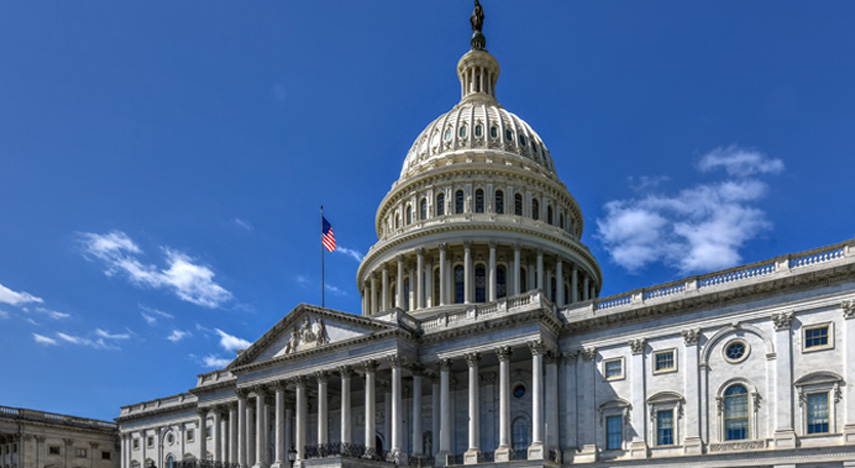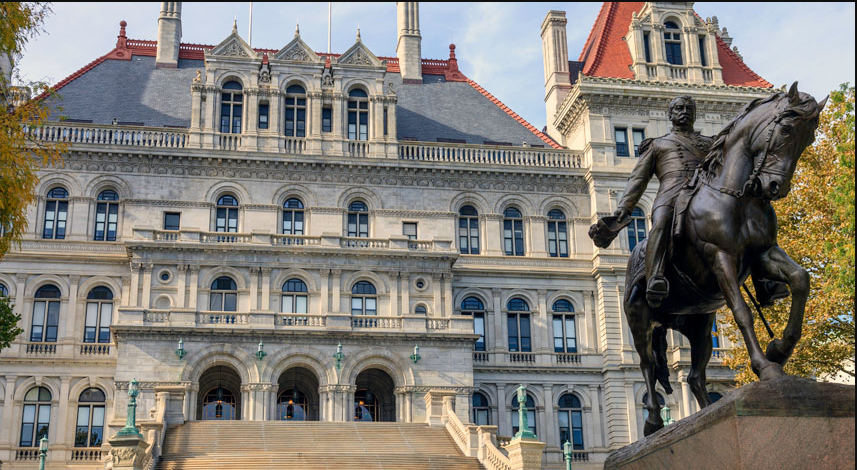
New York State Budget Analysis and Financial Reporting
State Comptroller DiNapoli provides independent monitoring, oversight and analysis of the State's fiscal position. He regularly issues reports on budget and policy issues, economic trends, and financial reports.
Open Book New York
SEARCH MILLIONS OF STATE AND LOCAL GOVERNMENT FINANCIAL RECORDS
New Yorkers deserve to know how their tax dollars are spent. Open Book New York provides comprehensive financial data on State contracts, payments, spending and more.
Featured Dashboard
COVID-19 Relief Program Tracker
BILLIONS IN NEW FEDERAL DOLLARS FLOWING TO NEW YORK
This tool monitors spending of federal recovery aid and COVID-19 relief programs in the State. The dashboard explains each federal and State program, and how much has been received and spent to date. The data will be updated monthly and New Yorkers can use the tool to understand how federal aid is used and to inform future conversations about budget priorities.
View Dashboard
Environmental Facilities Corporation - An Overview of Major Water Quality Improvement Programs
FACES SIGNIFICANT FUNDING BACKLOG FOR ESSENTIAL WATER INFRASTRUCTURE PROJECTS
New York State’s Environmental Facilities Corporation has provided financing for over 2,000 essential local water infrastructure projects totaling more than $23.7 billion since 1990, but the estimated capital improvement needs for water and sewer projects far exceeds this amount, and tens of billions of dollars in local projects remain in the pipeline. Using federal capitalization funds, New York has spent more for Clean Water and Drinking Water projects than any other State; however, the need remains significant and more can be done to reach communities which have not yet accessed funding through financing and State grants.

New York's Balance of Payments in the Federal Budget - Federal Fiscal Year 2022
State Received $1.06 for Every $1 Sent to Washington
Historic federal pandemic relief funds, though being spent down, continued to boost New York’s balance of payments in Federal Fiscal Year 2022. For every dollar New York sent to the federal government in tax receipts, it received $1.06 back in federal spending, as compared to a national average of $1.28, ranking New York 39 out of 45 states with a positive balance of payments. This report is the eighth in a series by the Office of the State Comptroller that examines the flow of funds between the federal government and the states.

The Importance of Responsible Debt Management
Poor State Bond Structuring Choices Lead to Greater Costs for Taxpayers
In the throes of the economic uncertainty and fiscal turbulence caused by the COVID crisis, legislation was enacted as part of the SFY 2021-22 budget authorizing the use of State-supported bonding with final maturities up to 50 years for capital purposes for the Metropolitan Transportation Authority. This legislation has been reauthorized and proposed again in the State Fiscal Year 2024-25 Executive Budget. As we approach the State’s coming 2024-25 fiscal year, the budget proposal authorizing such 50-year borrowing should be rejected, and the State should return to long-standing bond financing norms. The budget also includes a proposal to severely restrict the State Comptroller’s terms and conditions oversight of private sales of State debt, which should be rejected.

Mental Health: Inpatient Service Capacity
Percentage of New Yorkers With Mental Illness Rose as Available Psychiatric Beds Declined
Between 2013 and 2022, there was a 23% increase in the number of individuals served by the State’s public mental health system. The rising need for mental health services coincided with a loss of 990 beds, a 10.5% drop in capacity, in inpatient psychiatric facilities statewide between April 2014 and December 2023. Ensuring the availability of inpatient mental health services is a critical component of the State’s effort to address the ongoing mental health challenges facing the State and improve the lives of vulnerable New Yorkers.

New York State Business Owners
ECONOMIC AND POLICY INSIGHTS
In 2021, New York ranked high among states for business creation; however, some business owners may face impediments to creating a new enterprise. While New York exceeds the nation in the share of businesses that are majority female and minority-owned, they continue to represent less than one-quarter of all owners in the State. Entrepreneurship is vital to the economic health of the State, and ensuring equitable access to the capital and tools for business creation are also important for New York’s future.
Read Analysis
Higher Education in New York
COLLEGES AND UNIVERSITIES FACE SIGNIFICANT CHALLENGES IN YEARS AHEAD
New York’s higher education sector is facing challenges, including a looming enrollment cliff, growing costs of attendance, and rising student debt. This report provides critical indicators on the competitiveness of higher education institutions, explains their major challenges, and offers recommendations for consideration. Keeping New York’s higher education institutions competitive by ensuring their affordability, diversity and spirit of innovation and community is important for our State’s future.
Read Report
Report on the State Fiscal Year 2024-25 Executive Budget
State Finances Have Stabilized and Budget Gaps Reduced
After the disruption caused by the COVID-19 pandemic, the State’s finances have stabilized, and the Division of the Budget is now forecasting reduced budget gaps. In addition, the Executive Budget includes a new proposal to severely restrict the State Comptroller’s terms and conditions approval of certain State bond issuances. This critical oversight and approval role protects taxpayers from short-sighted financing decisions that too often burden taxpayers with debt that is risky and costly.
Read ReportFor questions, contact us [email protected]
